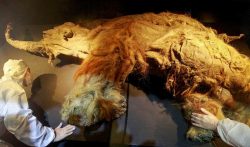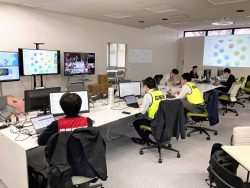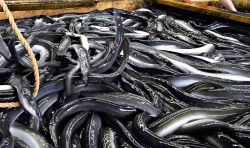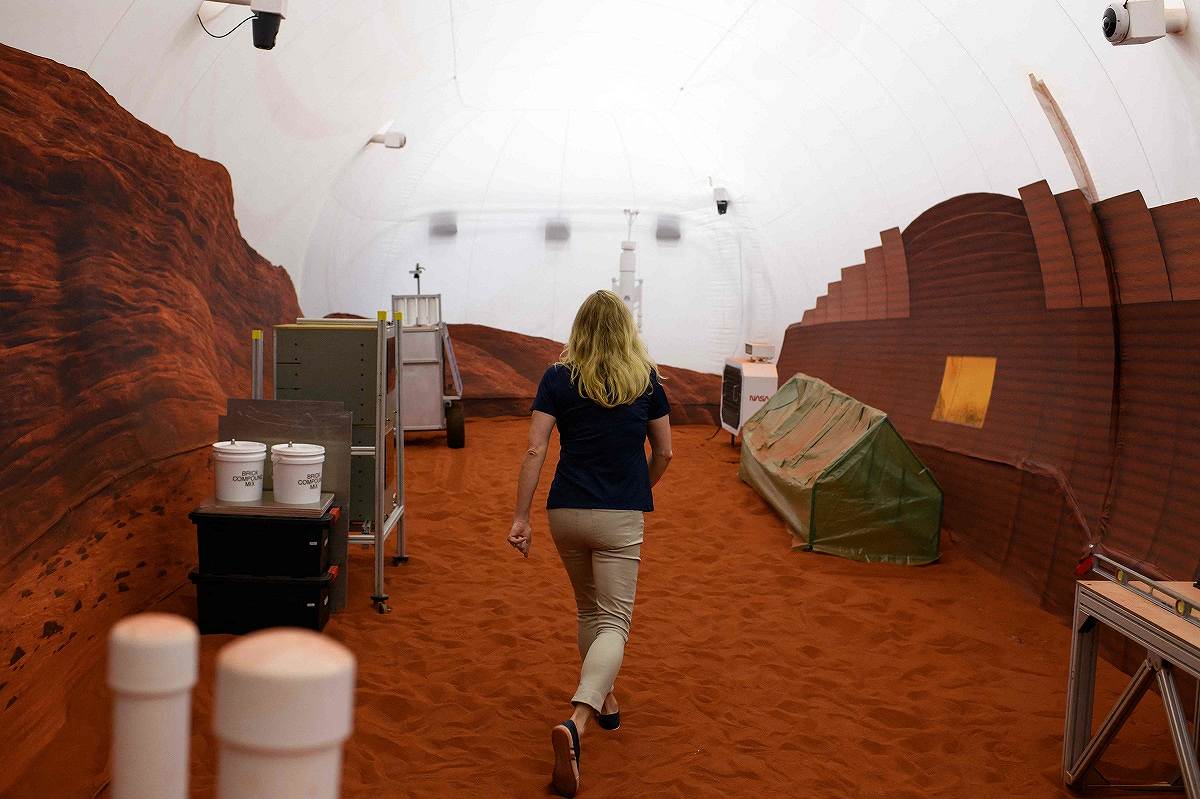
Suzanne Bell walks through a simulated Mars exterior portion of the CHAPEA’s Mars Dune Alpha at the Johnson Space Center in Houston on April 11.
13:02 JST, May 8, 2023
HOUSTON (AFP-Jiji) — Four small rooms, a gym and a lot of red sand — NASA unveiled last month its new Mars-simulation habitat, in which volunteers will live for a year at a time to test what life will be like on future missions to Earth’s neighbor.
The facility, created for three planned experiments called the Crew Health and Performance Exploration Analog (CHAPEA), is located at the U.S. space agency’s massive research base in Houston.
Four volunteers will begin the first trial this summer, during which NASA plans to monitor their physical and mental health to better understand humans’ fortitude for such a long isolation.
With that data, NASA will better understand astronauts’ “resource use” on Mars, said Grace Douglas, lead researcher on the CHAPEA experiments.
“We can really start to understand how we’re supporting them with what we’re providing them, and that’s going to be really important information to making those critical resource decisions,” she said on a press tour of the habitat.
Such a distant mission comes with “very strict mass limitations,” she added.
The volunteers will live inside a 160 square-meter home, dubbed “Mars Dune Alpha,” which includes two bathrooms, a vertical farm to grow salad, a room dedicated to medical care, an area for relaxing and several workstations.
An airlock leads to an “outdoor” reconstruction of the Martian environment — though still located inside the hangar.
Several pieces of equipment astronauts would likely use are scattered around the red sand-covered floor, including a weather station, a brick-making machine and a small greenhouse.
There is also a treadmill on which the make-believe astronauts will walk suspended from straps to simulate the red planet’s lesser gravity.
“We really can’t have them just walking around in circles for six hours,” joked Suzanne Bell, head of NASA’s Behavioral Health and Performance Laboratory.
"Science & Nature" POPULAR ARTICLE
-

Genome Study Reveals Milestone in History of Cat Domestication
-
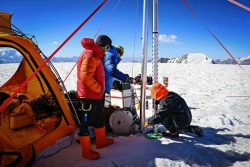
Big Leap in Quest to Get to Bottom of Climate Ice Mystery
-

Security Camera Footage Vulnerable to Outside Access; Investigation Finds 3,000 Pieces Exposed Online
-

Paws on Parade: Nairobi’s Dogs Dazzle at ‘Pawchella’
-
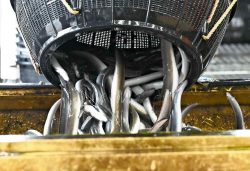
Japanese Eels Escape New Regulation in Vote at CITES Meeting, Avoiding Higher Prices for Dealers and Diners
JN ACCESS RANKING
-

Keidanren Chairman Yoshinobu Tsutsui Visits Kashiwazaki-Kariwa Nuclear Power Plant; Inspects New Emergency Safety System
-

Imports of Rare Earths from China Facing Delays, May Be Caused by Deterioration of Japan-China Relations
-

University of Tokyo Professor Discusses Japanese Economic Security in Interview Ahead of Forum
-

Japan Pulls out of Vietnam Nuclear Project, Complicating Hanoi’s Power Plans
-

Govt Aims to Expand NISA Program Lineup, Abolish Age Restriction




